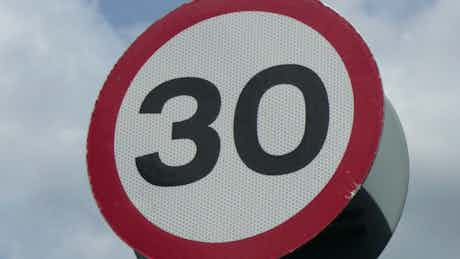How does Traffic Sign Recognition work?
April 14, 2015 by carwow staff

When driving on congested roads, it’s sometimes difficult to keep your eyes everywhere at once. Checking the road ahead, oncoming traffic, what’s behind you, all while trying to maintain your speed can sometimes become quite distracting.
Car firms realise this and are constantly looking to introduce new technologies, which make things easier. With the introduction of Traffic Sign Recognition systems, the chances of not noticing a change in speed limit, or the warning of a potential hazard ahead have been vastly reduced. In the latest of our technical pieces, we explain how this clever system could benefit you.

How does it work?
As with most of the best technology, it’s a relatively simple principle which has the potential to reduce the hassle for road users. Essentially, the system consists of a forward-facing camera, which scans the road ahead for traffic signs. This camera is connected to character recognition software, which then makes a note of any changes described by the signs, and relaying it onto the car’s instrument panel.
The information stays there until any change occurs, so if a driver is unsure of the current speed limit all they have to do is check the information that the car has noted.

Which cars use it?
The system is quite common on executive cars, with the likes of the Audi A8, Mercedes S-Class and E-Class all feature the system. BMW offers it too – as well as on the range-topping 7 Series, some variants of the 1 Series and 5 Series offer the system as an option. On slightly more mainstream models, the system is an optional extra for both Vauxhall Insignia and Ford Focus, while Volvo – always at the forefront of safety systems – offers the system either optionally or as standard throughout their range.
There you have it! It’s a simple system, but one which might not only stop you from unintentionally speeding, but also help you to keep your eyes on the road, potentially improving road safety, too.















